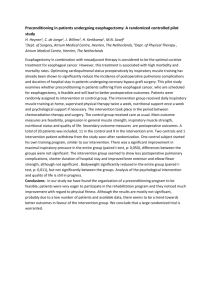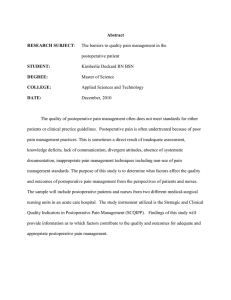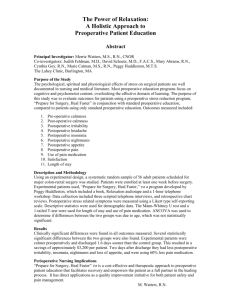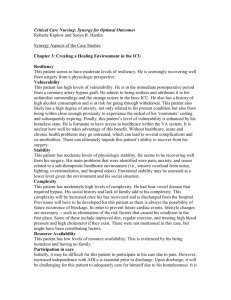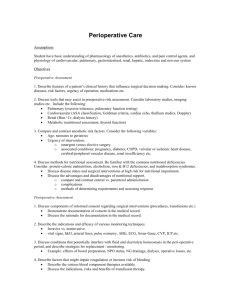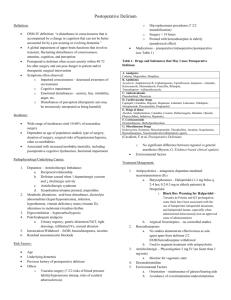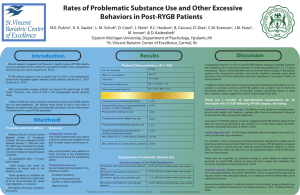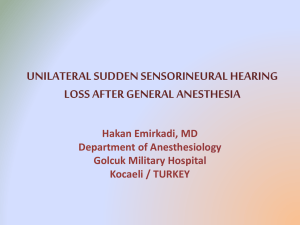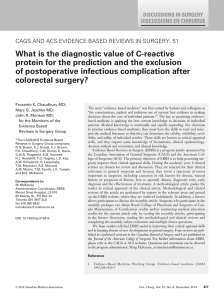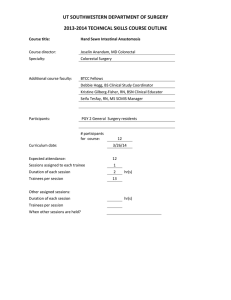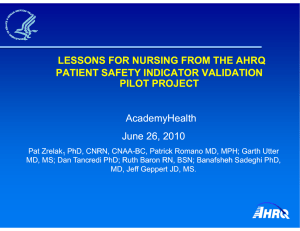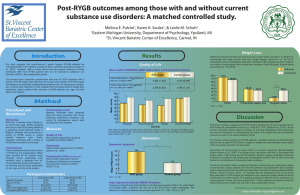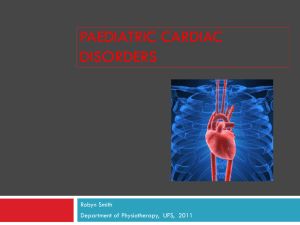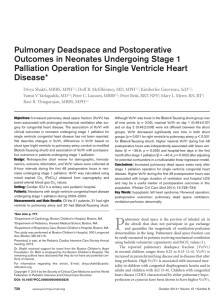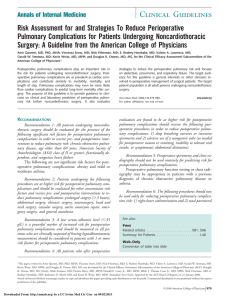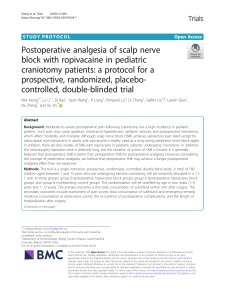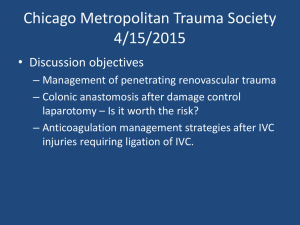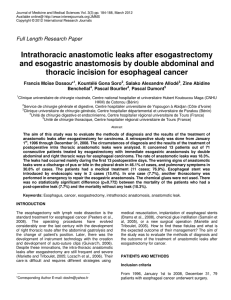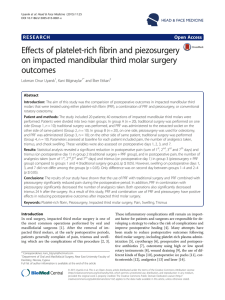Post-Operative Care
advertisement
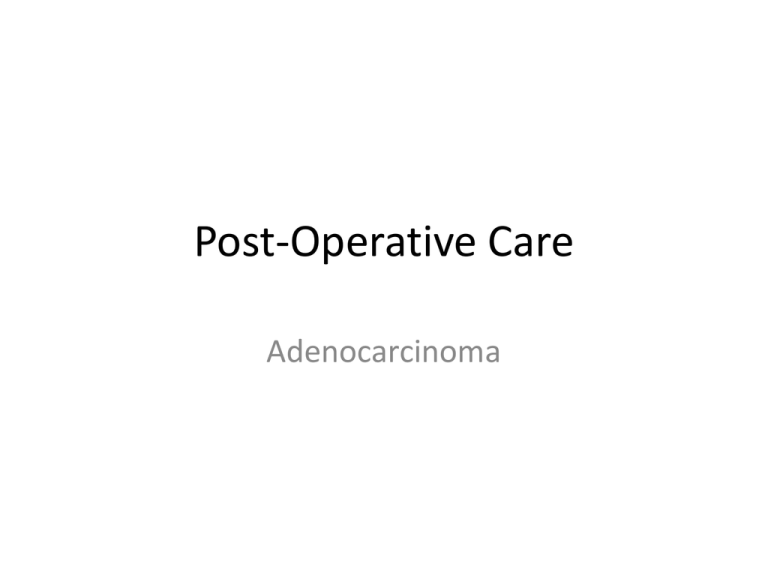
Post-Operative Care Adenocarcinoma Post-Operative Care • After esophagectomy, patients go to an intensive care unit for 24 to 48 hours. They are usually intubated and have multiple drains and tubes. These patients require intensive cardiopulmonary monitoring in the immediate postoperative period. Critical care nursing skills are vital in the systematic assessment of these patients. Neurological Status • Decreased responsiveness, pupillary changes, inability to move or unilateral weakness, agitation, inability to control pain, or any neurological change should be carefully watched and promptly reported to a physician if it persists. Pain Management • Initial pain management may consist of morphine or bupivacaine given epidurally, patient-controlled analgesia with morphine, or a combination of both, at the physician’s discretion. • Oral pain medications are started once an anastomotic leak is ruled out on the fifth or seventh postoperative day and once the patient is tolerating an oral diet. • The main classes of medication used for pain control include opioids, nonsteroidal anti-inflammatory drugs, and local anesthetics. • Non-pharmacological interventions include heat/cold, massage, distraction, relaxation, and positioning. Pulmonary Care • Atelectasis or noncardiogenic pulmonary edema may develop quickly after surgery. • During the immediate postoperative period, monitor oxygenation closely and maintain vigilance for developments that may be associated with a sudden decrease in oxygenation. • Patients may require suctioning, chest physiotherapy, and nebulizers to improve pulmonary status. • Once a patient is extubated, initiate coughing, deep breathing exercises, and use of the incentive spirometer. • Avoid nasotracheal suctioning because of the risk of passing a catheter through the new anastomosis. • Early mobilization will assist in reducing the pulmonary risk of atelectasis, a precursor to pneumonia. Hemodynamics • Patients are given intravenous maintenance fluid (isotonic sodium chloride solution or lactated Ringer solution) at a rate of 100 to 200 mL/h for the first 12 to 16 hours after surgery. • These fluids help maintain adequate circulating blood volume to protect vital organs and ensure adequate blood supply to the newly created anastomosis. • Major fluid shifts occur in the first few days after surgery, and hypovolemia may be a problem. Gastroinstestinal Care • After esophagectomy, patients are restricted from taking anything by mouth for 5 to 7 days to prevent an anastomotic leak or fistula formation. • At 5 to 7 days after surgery, a fluoroscopic swallowing examination with water-soluble contrast material is done to check the anastomosis for leaks before oral intake of anything is allowed. Genitourinary Care • Monitor fluid intake and output hourly during the initial postoperative period. • Call a physician if urine output is less than 30 mL/h for 2 consecutive hours. Incision Care • Keep all dressings clean, dry, and intact. • The surgical dressing is removed by a surgeon on postoperative day 2.
